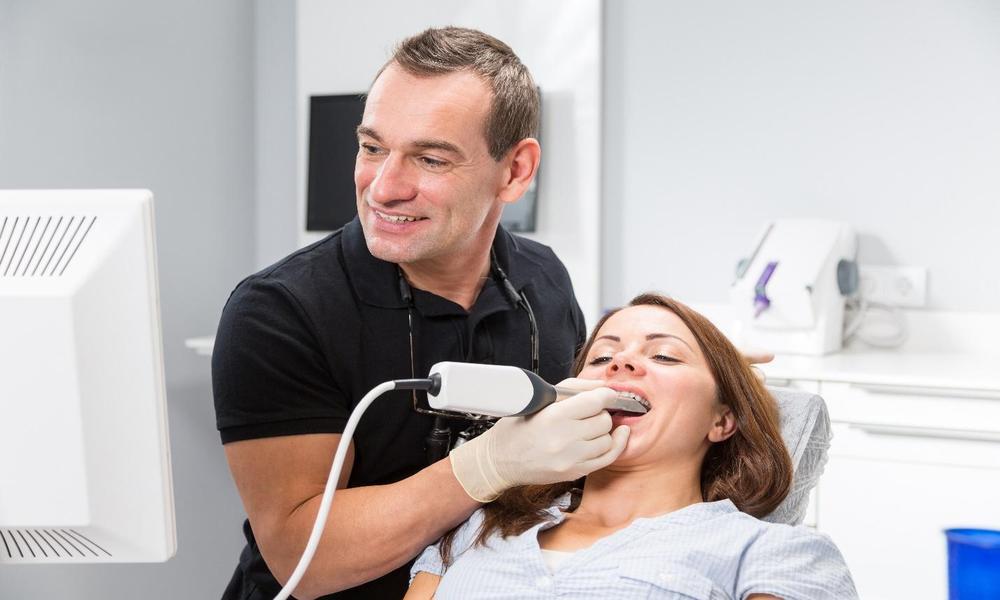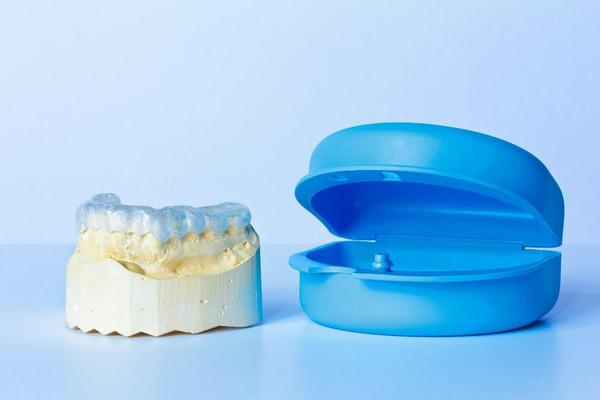Have you ever wondered how clear aligners like Invisalign Tunbridge Wells, those nearly invisible tools that straighten teeth, are made? Here you can delve into the world of orthodontics to uncover the process behind these modern marvels.
The magic begins with a mould
The journey of a clear aligner starts with a mould of the patient’s teeth. This isn’t your typical arts and crafts mould, though. It’s a highly detailed, 3D representation of your mouth, capturing every nook and cranny of your teeth. This mould serves as the blueprint for the aligner, ensuring a perfect fit.
From physical to digital
Once the mould is made, it’s time to go digital. The physical mould is scanned using state-of-the-art technology to create a 3D digital model of the teeth. This digital model allows orthodontists to manipulate the teeth on a computer screen, planning out the entire treatment plan. It’s like a virtual chess game, with each tooth being a piece that needs to be moved to the right position.
The birth of the aligner
Now comes the exciting part: the creation of the aligner itself. The digital model of the teeth is sent to a machine that uses a special type of plastic to create the aligner. This isn’t just any plastic, though. It’s a medical-grade, thermoplastic material that’s both clear and strong, allowing it to withstand the pressures of daily wear while remaining virtually invisible.
The finishing touches
Once the aligner is formed, it’s not quite ready for the patient’s mouth. It needs to be refined and polished to ensure maximum comfort. This involves trimming any excess material and smoothing out the edges. The end result is a comfortable, custom-made aligner that’s ready to start the process of straightening the patient’s teeth.
A series of steps
It’s important to note that the creation of a clear aligner isn’t a one-and-done process. It’s a series of steps, with each aligner moving the teeth a little closer to their final position. This means that multiple aligners are made for each patient, each one designed to take over where the last one left off.
The journey continues with adjustments
As the teeth gradually shift into their desired positions, adjustments may be needed to the aligners. This is a normal part of the process and is crucial for achieving the best results. The orthodontist will monitor the progress and make any necessary tweaks to the treatment plan. This could mean creating new aligners that apply different pressures, or adjusting the current aligners for a better fit. It’s a dynamic process that requires constant attention and expertise.
The power of technology

The technology behind clear aligners is truly impressive. From the 3D scanning and digital modelling to the precision crafting of the aligners, it’s a testament to how far orthodontics has come. The use of technology not only makes the process more efficient, but it also allows for a level of customisation and precision that was not possible with traditional braces. It’s a perfect example of how science and art can come together to create something truly remarkable.
The end of the journey, the start of a new chapter
Once the final set of aligners has been worn and the teeth have moved into their final positions, the journey doesn’t end there. Retainers may be needed to ensure the teeth stay in their new positions. These are usually worn at night and are just as clear and comfortable as the aligners. It’s the final step in a long journey, but it’s also the start of a new chapter. A chapter filled with confidence, joy, and a beautiful smile that can last a lifetime.
The impact of clear aligners
The impact of clear aligners goes beyond just straight teeth. They can improve oral health by making it easier to clean between teeth, boost self-esteem, and even enhance overall facial aesthetics. They’re a testament to the power of innovation and the incredible things that can be achieved when art and science come together. So, the next time you see someone wearing clear aligners, remember the journey they’ve been on and the incredible technology and expertise that made it all possible.
The role of the patient
While the creation of clear aligners is a fascinating process, it’s only half the story. The other half is the role of the patient. It’s up to the patient to wear the aligners as directed, usually 20 to 22 hours a day. It’s also important for the patient to maintain good oral hygiene, as the aligners can trap food and bacteria against the teeth.
The reward of a beautiful smile
So, the next time you see someone with a clear aligner, you’ll know the journey that little piece of plastic has been on. From a detailed mould to a digital model, from a piece of plastic to a precision-crafted aligner, it’s a journey that’s as fascinating as it is transformative. And it’s all in the name of a healthier, more beautiful smile.

